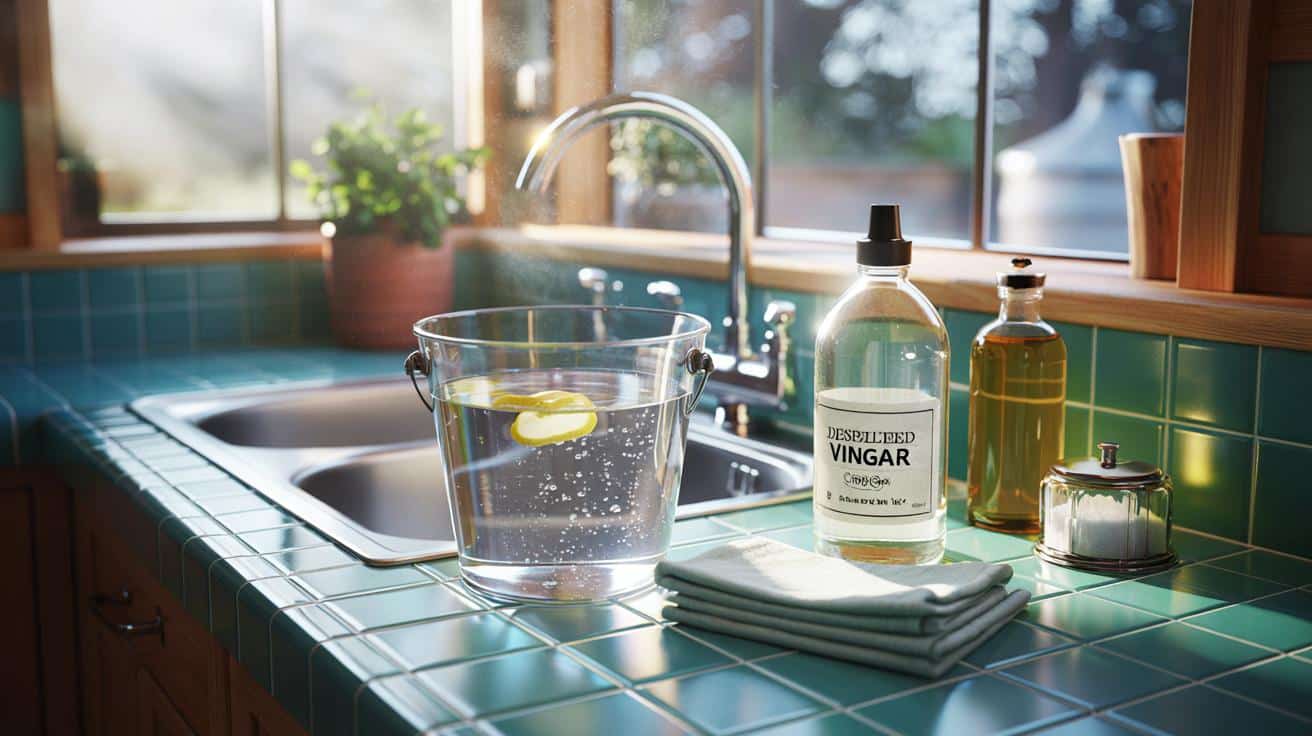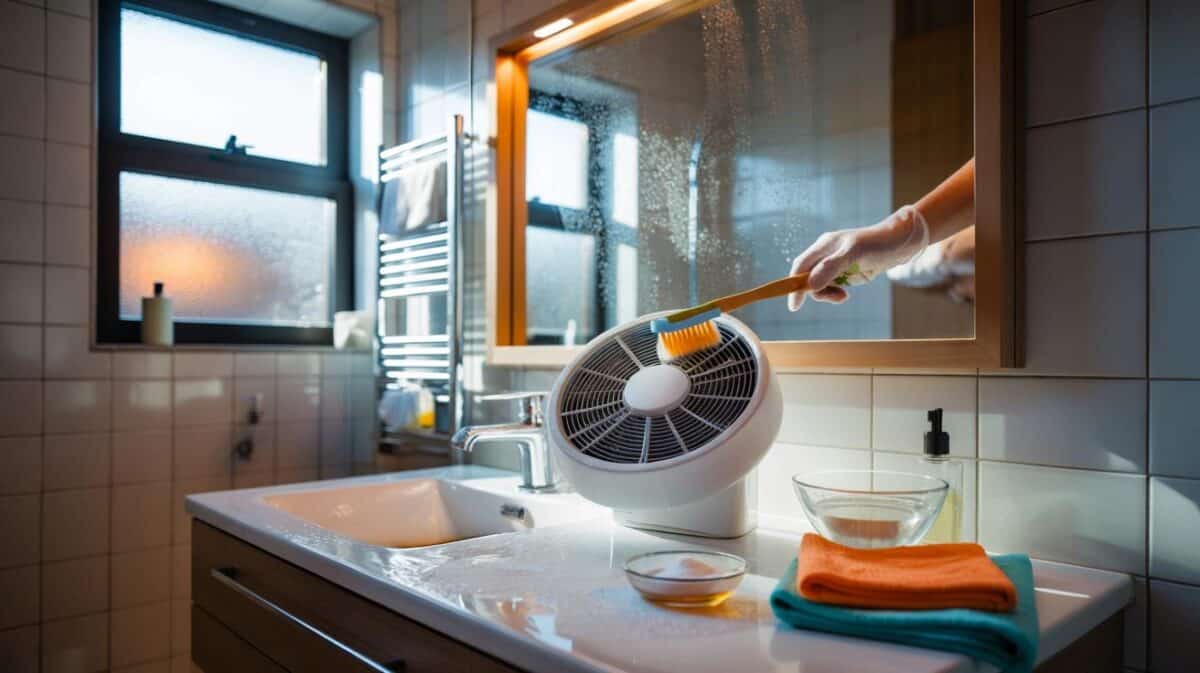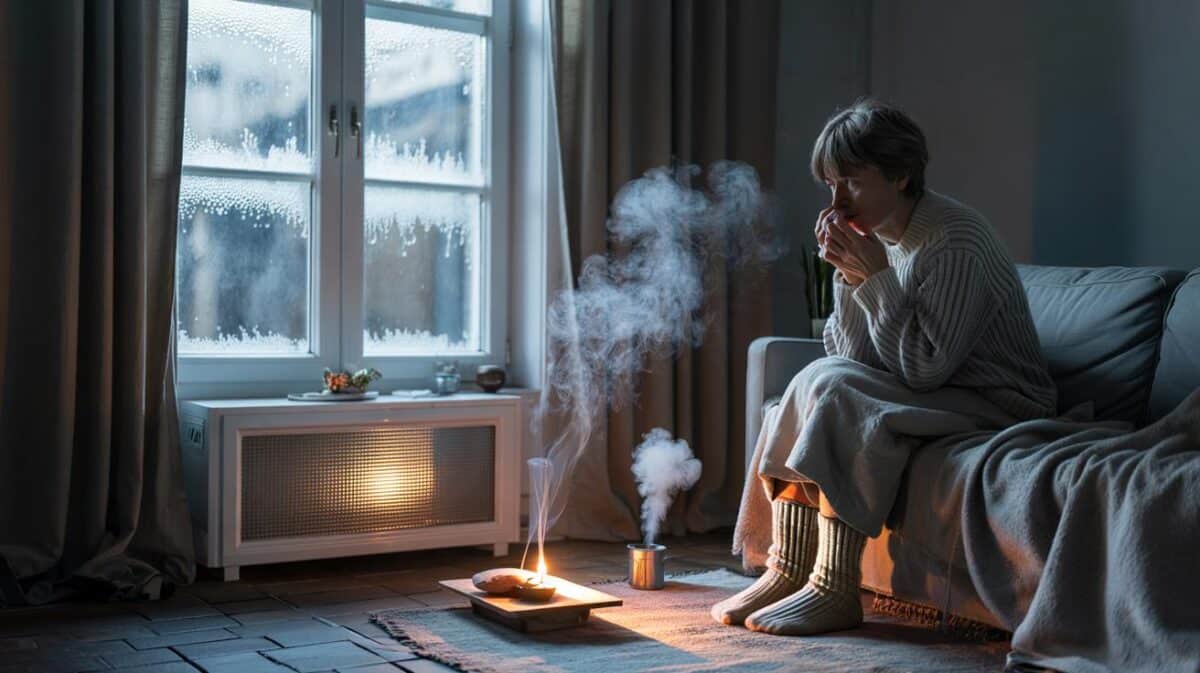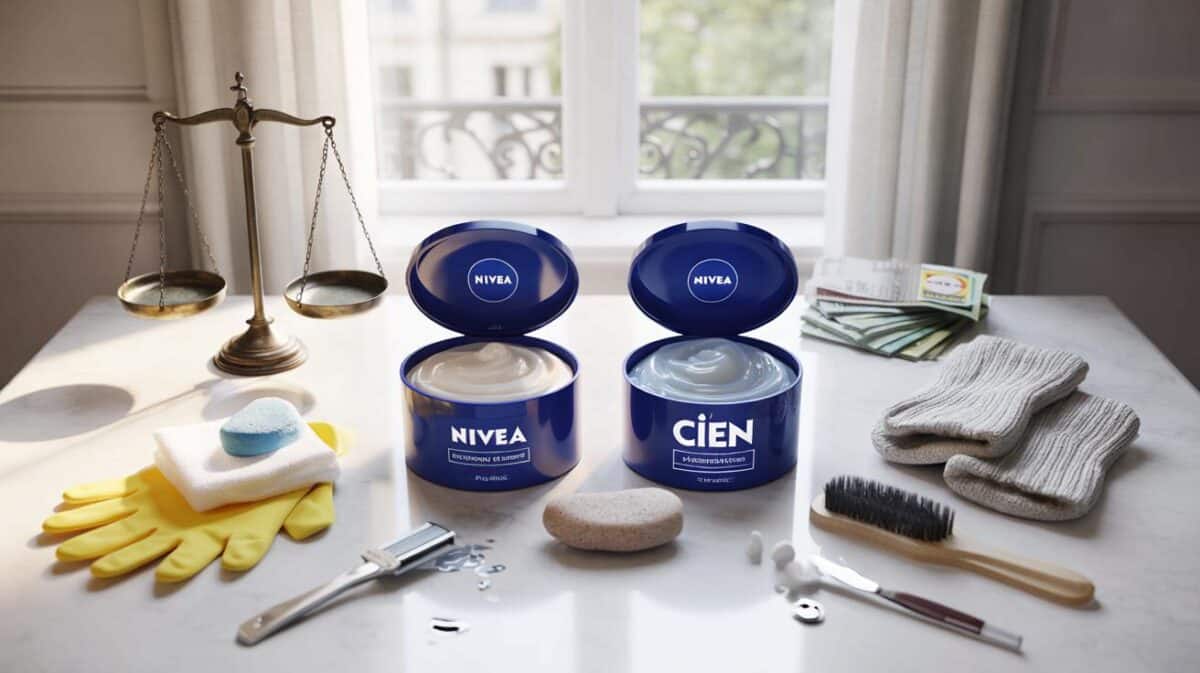We’ve all had that moment when the sink looks dull, the taps streak, and the floor just refuses to shine. One kitchen staple in your bucket changes the mood of the whole room.
It was a slow Saturday, radio muttering from the windowsill, kettle clicking off as a slant of winter light hit the stainless-steel sink and made every fingerprint glare back. I filled a bucket, poured in something that lives beside the oil and the salt, and the air lifted with that faint, chip-shop tang that feels oddly fresh. By the time I’d done the taps, the hob rings, the tiles around the splashback, the place looked like it had exhaled—the sort of crisp, quiet gleam you don’t notice until it’s gone. The secret sat by the salt.
The bucket trick that wins the house back
Let’s name it without fuss: **white vinegar**. Not balsamic, not apple cider—plain, clear, supermarket vinegar that costs pennies and still manages to punch through dullness like a pro. A glug into a bucket changes the surface tension of water, cuts through minerals and soap films, and dries without that gummy film many detergents leave behind. Floors stop looking tired. Taps and glass take back their sparkle. And you get this instant, see-it-with-your-eyes feedback that feels almost theatrical.
My neighbour Gill swears by a “Sunday bucket.” She fills it with warm water, a generous splash of vinegar, and does a lap of small victories: bathroom mirror, shower screen, kitchen splashback, patio door. No timer, no marathon—just ten minutes with a cloth and a **squeegee**. The mirror loses its misty shadow, the shower screen goes from chalky to clean glass, and the patio door stops catching the afternoon sun in streaks. She always ends the ritual by flicking the taps with a dry cloth, like the curtain drop at the end of a matinee.
There’s a tidy bit of science humming in the background. Vinegar is a dilute acetic acid—enough bite to dissolve limescale, water spots and soap residue, not so fierce it needs hazard tape. Mixed with **hot water**, it thins grease and hurries evaporation, which is why glass and chrome stop smearing and start winking. Because it’s acidic, it doesn’t play well with alkaline stone—so no marble, limestone or travertine—and it can dull waxed or unsealed wood. On the right surfaces, though—tile, glass, stainless steel, vinyl, many sealed laminates—it’s the quiet hero you reach for without thinking.
How to use the “one bucket” method without fuss
Start simple: 4 litres of warm water in a bucket, then 1 cup of vinegar; halve the vinegar if you’re wiping delicate finishes, double it for glass and chrome. Dunk a microfiber cloth, wring it so it’s damp-not-drippy, and work top to bottom—mirrors before taps, splashbacks before worktops, then floor. Rinse the cloth in the same bucket, swap to a dry one for a quick buff, and keep a second, smaller bowl of clean water nearby for a final wipe on anything that looks hazy. You want the process to feel like a rhythm, not a chore.
On floors, a microfiber mop head makes all the difference, because it spreads solution thin and dries fast. For windows, add a single drop of washing-up liquid to the bucket, squeegee from top corners in slow, even pulls, and catch the edges with a dry cloth. If the vinegar scent lingers, twist a strip of lemon peel in the bucket or leave the door ajar while you make tea; the smell doesn’t hang around like store-bought perfumes. Let’s be honest: nobody really does that every day.
There are a few common wobblies. Pouring in too much vinegar can leave a faint bloom on some plastics and laminates, while too little won’t move the film on glass. Don’t mix vinegar with bleach—ever—as it creates chlorine gas; keep them as far apart as your bins and your biscuits.
“Think of vinegar like a precision tool,” a veteran housekeeper once told me. “It’s not for every job, but when it’s right, it’s perfect.”
Here’s the pocket guide that lives on my fridge:
- Ratios: 1 cup vinegar to 4 litres water for general cleaning; 1:1 for glass and limescale, wiped off quickly.
- Yes: tiles, glass, stainless, taps, vinyl, sealed laminate, shower screens.
- No: marble, limestone, concrete, waxed or unsealed wood, electronics, cast iron.
- Smell hack: lemon peel or a drop of eucalyptus oil in the bucket.
- Finish: dry buff with a clean microfiber for that satisfying snap of shine.
The quiet pleasure of seeing everything sparkle
There’s something gently restorative about turning murky water into clean edges and bright surfaces, a small domestic victory that makes the whole day feel a touch more manageable. The bucket becomes a moving workstation—one room, one pass, one brightening—until you catch your reflection in the kettle and almost laugh at how clear it looks. Maybe it’s not the shine itself that matters so much, but the sense that you nudged the world a notch lighter, using something you already had.
| Key points | Detail | Reader Interest |
|---|---|---|
| Use white vinegar | Plain distilled vinegar cuts limescale, film and streaks without residue | Cheap, accessible, instantly effective |
| Mix the right ratio | 1 cup vinegar to 4 litres warm water; stronger for glass, lighter for finishes | Practical, repeatable method |
| Mind the surface | Avoid natural stone, waxed/unsealed wood, and never mix with bleach | Safety and surface care |
FAQ :
- Will vinegar damage my floors?It’s fine on many vinyl and sealed laminate floors when diluted, but skip it on natural stone or waxed/unsealed wood. If in doubt, spot test.
- How do I stop the vinegar smell?Use warm water, good ventilation and a citrus peel in the bucket; the scent flashes off as it dries.
- Can I clean windows with vinegar on a sunny day?Yes, but work in shade if you can. Heat speeds evaporation, so squeegee quickly to avoid flash-drying streaks.
- What if my taps are really crusted with limescale?Soak a cloth in a 1:1 vinegar-water mix, wrap it around the tap base for 10–15 minutes, then wipe and buff.
- Is apple cider vinegar okay?It works in a pinch, but distilled white vinegar is clearer and less likely to tint or leave a scent.








